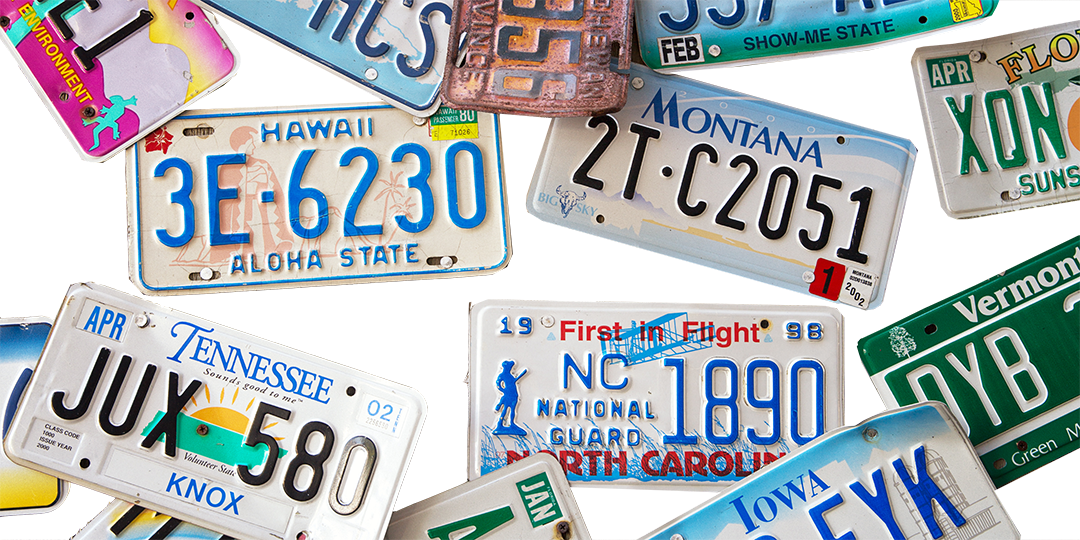On the Same Page
AAMVA updates its License Plate Standard guidance document
License plate readability is crucial for law enforcement, tolling authorities, parking enforcement and also for witnesses to crimes or people on the lookout for AMBER or other alerts.
In 2016, AAMVA released its original License Plate Standard to help standardize license plates across the country. The document included standards for the administrative component of issuing license plates, as well as for designing and manufacturing them.
License plate design is more nuanced than many people realize. In addition to its alphanumeric characters, a license plate contains information regarding the jurisdiction that issued it and what type and class of plate it is. Specialty license plates have also become a popular method of fundraising over the past 20 years, and motor vehicle agencies often have to work with fundraising entities when designing their approved specialty plates.
In October 2020, AAMVA created edition 2 of the License Plate Standard. The updated version of the License Plate Standard contains the same information as the 2016 version, but with some significant additional topical areas based on feedback from the AAMVA community.
The updated document is separated into two distinct parts: Part One includes the original AAMVA License Plate Standard with two additional chapters addressing temporary license plates and alternative license plate displays. (The latter includes guidance on digital license plates and license plate wraps.) Part Two contains chapters outlining two newly established best practices: one for specialty license plate programs and one for the issuance of vanity license plates. It should be noted that while Part One outlines a specific standard for jurisdictions to follow, Part Two involves best practices and recommendations for jurisdictions.
The AAMVA 2020 License Plate Standard Working Group, which collaborated to create the updated document, comprised 11 individuals representing motor vehicle administration and law enforcement member agencies and six technical advisors from key industries in license plate design and manufacturing.
If all jurisdiction-issued license plates aligned with the standard, AAMVA estimates the license plate read rate would be substantially increased. The benefits of adopting the standard are far-reaching. The standard allows jurisdictions the flexibility to have their own identity and promote their state or help raise awareness and raise funds for important causes. Motor vehicle agencies can provide more reliable registration data, a more streamlined license plate retrieval process and help tolling authorities improve revenue collection. And law enforcement can benefit from better eyewitness accounts and enhanced accuracy from license plate readers, both of which help solve crimes.
For any questions about edition 2 of the License Plate Standard, email Brian Ursino, director, Law Enforcement, at bursino@aamva.org.




